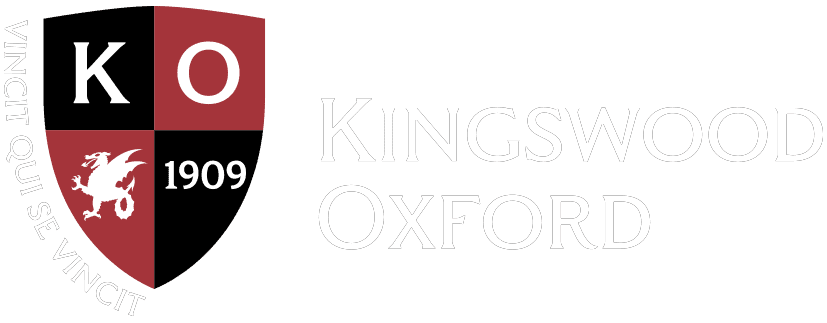January 28, 2021
New Methods, Schedules for In Person Classes Provide Expanded Opportunities for Learning
by Jackie Rubin, Director of Academic Skills
All members of our school community have shown remarkable flexibility, creativity and resourcefulness as they’ve implemented in-person learning under pandemic protocols this year. In making adjustments to meet this challenge, teachers and students have discovered ingenious ways to enrich and energize the educational experience, both inside and outside the classroom.
The new academic schedule necessitated by the pandemic has fostered rich opportunities for independent, experimental and exploratory learning. Moreover, because teachers are also adjusting to this new environment, they themselves have become learners, fostering a sense of camaraderie with their students.
Masks and Motion
Wearing masks, maintaining social distancing, and sitting in rows facing the teacher are new and unfamiliar experiences for students who have become accustomed to sitting in a circle, moving around the classroom, and collaborating on group work.
But after enduring the limitations and isolation of online learning last spring, students are very happy to be back to “real life” with their friends and teachers, and they’ve energetically and enthusiastically risen to these new challenges.
Speaking Up
Projecting your voice through a face mask that covers your mouth and nose isn’t easy, but students have adapted by speaking more loudly and enunciating more clearly. This enables them to practice speaking authoritatively and emphatically, a skill that will boost their communication skills when masks are no longer required.
Gesturing
Because teachers and classmates can’t see one another’s facial expressions, students have found kinetic ways to indicate their responses, including nodding, clapping and giving “thumbs-up” signs. Teachers have encouraged students to “go big” with their reactions, and these creative gestures make classes more dynamic and enliven students’ sense of spontaneity and fun.
Spreading Out
Teachers have been especially creative in finding ways to allow students to engage in face-to-face discussions and work together in small groups. Literally “thinking outside the box” of the classroom, teachers often move classes to larger spaces or outdoors, which allows students to face one another during full-class discussions. Sometimes teachers send groups of two or three students to vacant classrooms, halls or lobbies for collaboration. Students also work regularly with one another in Zoom breakout rooms to incorporate remote learners and maintain the safety of social distancing.
Exploration and Experimentation
Under the school’s pandemic-adjusted schedule, students are spending only four days, instead of five, in the classroom per week and now have 15 minutes, rather than five minutes, between classes. Each Wednesday is dedicated entirely to asynchronous learning, which provides valuable time for students to hold one-on-one meetings with teachers, participate in group extra-help sessions, meet for collaborative small-group projects, work solo on an assignment or conduct independent research.
By building in more time for non-classroom learning, the school has provided students with expanded opportunities to take risks, to discover new interests, and dive deeply into subjects that fascinate them. Through group work online, students have more time to teach one another and to enjoy interactions with classmates and teachers. They also have more freedom to pursue their intellectual, artistic and creative interests, such as reading, painting, writing, singing and playing instruments.
Resilience, Reflection and Renewal
The school has responded to the challenges of the pandemic with ingenuity and flexibility. By devising new classroom strategies and innovative schedules, our teachers have enabled students to take more responsibility for their own learning, to hone their communications skills, and to savor more time for personal reflection, growth and renewal. These have always been fundamental goals of a Kingswood Oxford education. Necessity is the mother of invention, and our school intends to continue many of the learning strategies devised to adjust to the pandemic, such as additional open-ended work, a more skillful incorporation of technology and a less rushed pace of learning, even after the pandemic ends.
Thinkers
Blog Main News
